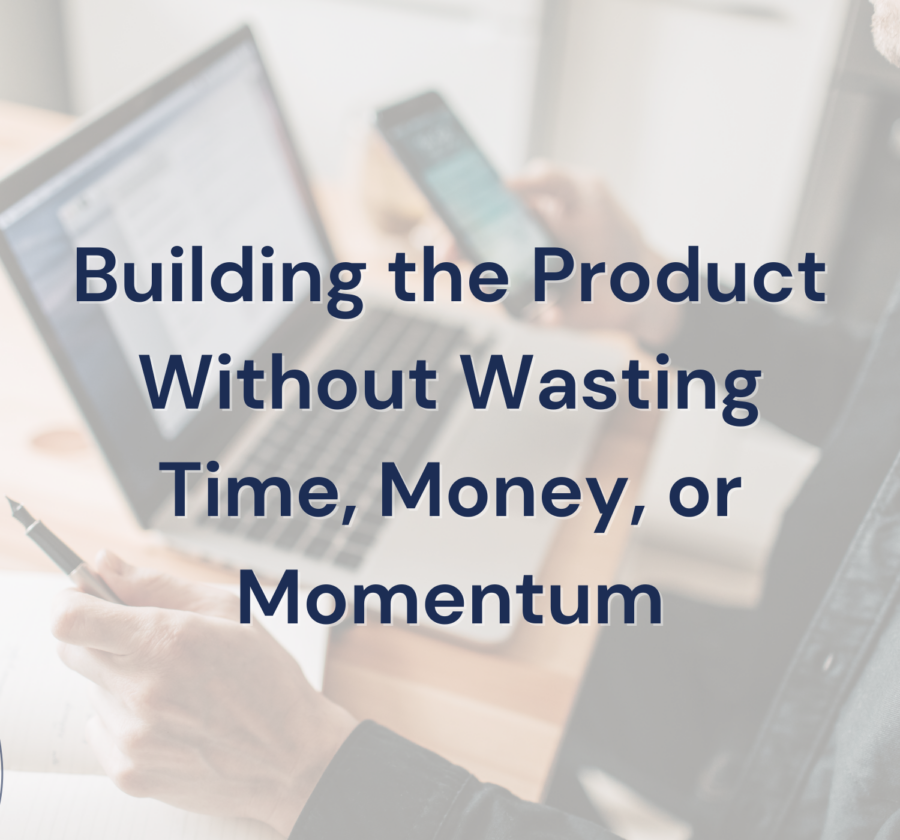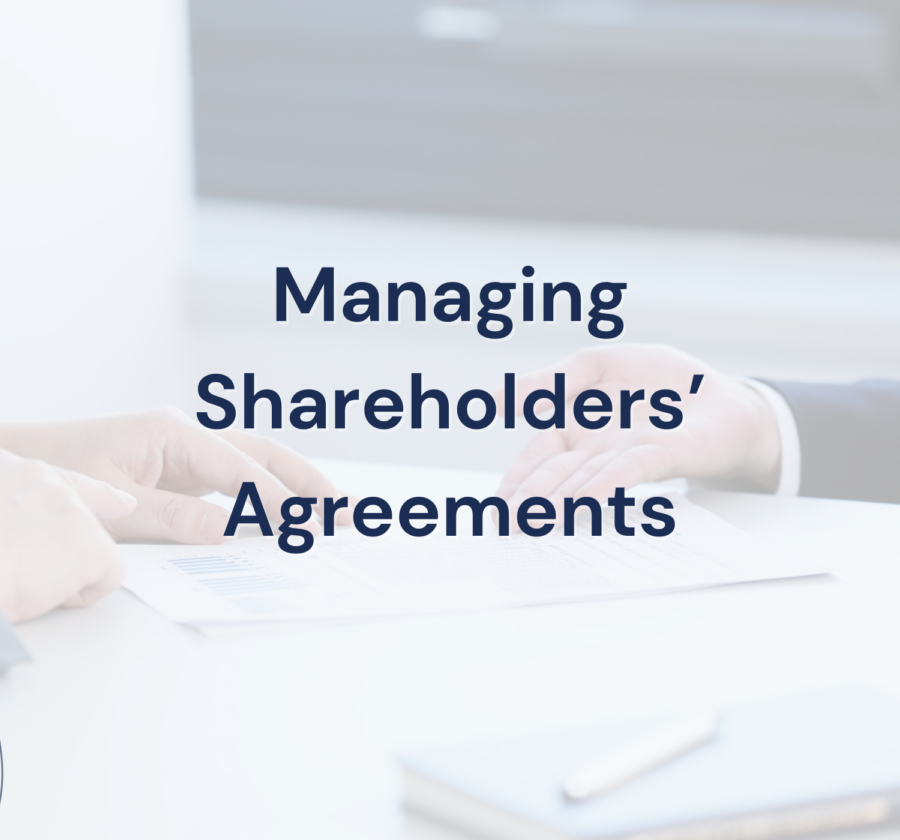
Build Smart, Spend Less: A Startup’s Guide to AI MVPs
AI can accelerate your product, or quietly burn your runway. In this session, Roksoliana Liubachivska (Startup mentor and Business Development Manager at Jungle Stars) and Alexander Savchenko (Lead Business Analyst at Jungle Stars) walk founders through a practical way to scope, build, and launch AI MVPs without over-engineering or overspending.
Their advice for the startup founders is to start with the business outcome, not the model. Most AI MVP failures come from chasing perfection, not from lack of technology.
What an AI MVP really is
An AI MVP is the simplest version of your product that uses artificial intelligence to deliver core value and validate a key business hypothesis with users. The anatomy of an AI MVP:

Keep in mind that:
- Minimum doesn’t mean sloppy.
- Viable doesn’t mean perfect.
- Product means a usable end-to-end flow, not a cool model demo.
If 75-80% accuracy is enough to validate your value proposition, ship and learn. Chasing 95-99% too early delays insight and kills budgets.
Your AI Project Compass: The BizML Framework
A 6-Step process for structured, business-first AI development:
- Value – Define the business win. What metric will move? Fewer support tickets, faster review cycles, higher conversion?
- Target – State the prediction in plain words. What exactly should the model decide at decision time?
- Performance – Decide “good enough.” Is 80% acceptable to launch? This anchor protects time and money.
- Fuel – Check the data. Do you have the right labeled data? Expect ~40% of cost/time here.
- Method – Pick the simplest approach that meets the target. Iterate only if it misses.
- Launch – Integrate predictions into the live flow and validate that Step 1 actually improved.
Avoiding the AI Hype Trap
AI hype can be dangerous. Vendors promise “magic box” solutions and “95% accuracy,” but those numbers mean little without context. Startup founders face vague vendor estimates, hidden maintenance bills, and surprise cloud spend.
Most failed AI projects have one thing in common: they started with technology first, not business value. Django Stars helps founders avoid that trap by translating between business strategy and AI execution.
Understanding the Economics of AI: Build vs. Buy Smarter
Every AI resource costs money, from tokens and compute time to ongoing model usage fees. For startups, these costs can quietly erode runway unless planned from day one.
Before building, evaluate whether you can leverage existing AI APIs (like OpenAI or Hugging Face). Buying pre-trained solutions helps validate your idea quickly with lower upfront costs. Once your product gains traction and differentiation demands it, consider building your own model for greater control and IP value.
To stay lean:
- Use smaller or cheaper models where possible
- Optimize prompts and cache frequent results
- Integrate AI costs into pricing or feature tiers
- Track and forecast compute spend with startup credits
The smartest AI strategy isn’t always to build, it’s to spend intentionally, validate early, and scale only when the business case proves it.
Managing AI MVP Costs
AI MVP budgets can spiral due to data labeling, integration complexity, and over-engineering. To stay lean:
- Lock scope to one core use case
- Start with public or synthetic datasets
- Delay full integrations until validation
- Track budget phases and buffers (20% PoC, 15% MVP, 10% Beta, 5% Release)
A well-planned AI roadmap isn’t about predicting the future; it’s about building flexibility into your budget and timeline.
From “AI Wrapper” to Real Product
An “AI wrapper” – a thin layer over someone else’s model – is a quick start but not a lasting moat. The real value comes from:
- Owning the workflow, not just the model
- Capturing unique data that others can’t replicate
- Designing superior UX that makes AI feel natural and useful
Choosing a Vendor: Use a Scorecard
Startup founders should score potential vendors on critical success factors: their grasp of your business model, transparency in project estimation, ability to manage risk, clarity and consistency in communication, depth of data and machine learning (ML) experience, commitment to privacy and compliance, and strength of client references.
Golden rule for startup founders: if you spot multiple red flags early, walk away. Retraining or re-platforming a poor-fit partner later will drain precious time, capital, and momentum – resources no startup can afford to waste.
Final Thoughts
AI is powerful, but clarity beats raw horsepower. Start by defining the core business metric that truly matters. Set a clear “good enough” benchmark, deliver the smallest end-to-end solution first, and learn openly from real-world feedback.
That’s how startup founders build smarter AI products, validate faster, and spend less while driving measurable business impact.
Catch the full webinar replay: Watch Build Smart, Spend Less: A Startup’s Guide to AI MVPs – free for Swiss Startup Association members.
Not a member yet? Explore our membership benefits and join Switzerland’s most active startup community.
Don’t miss out on the latest news and events. Subscribe to our newsletter and stay up to date.


